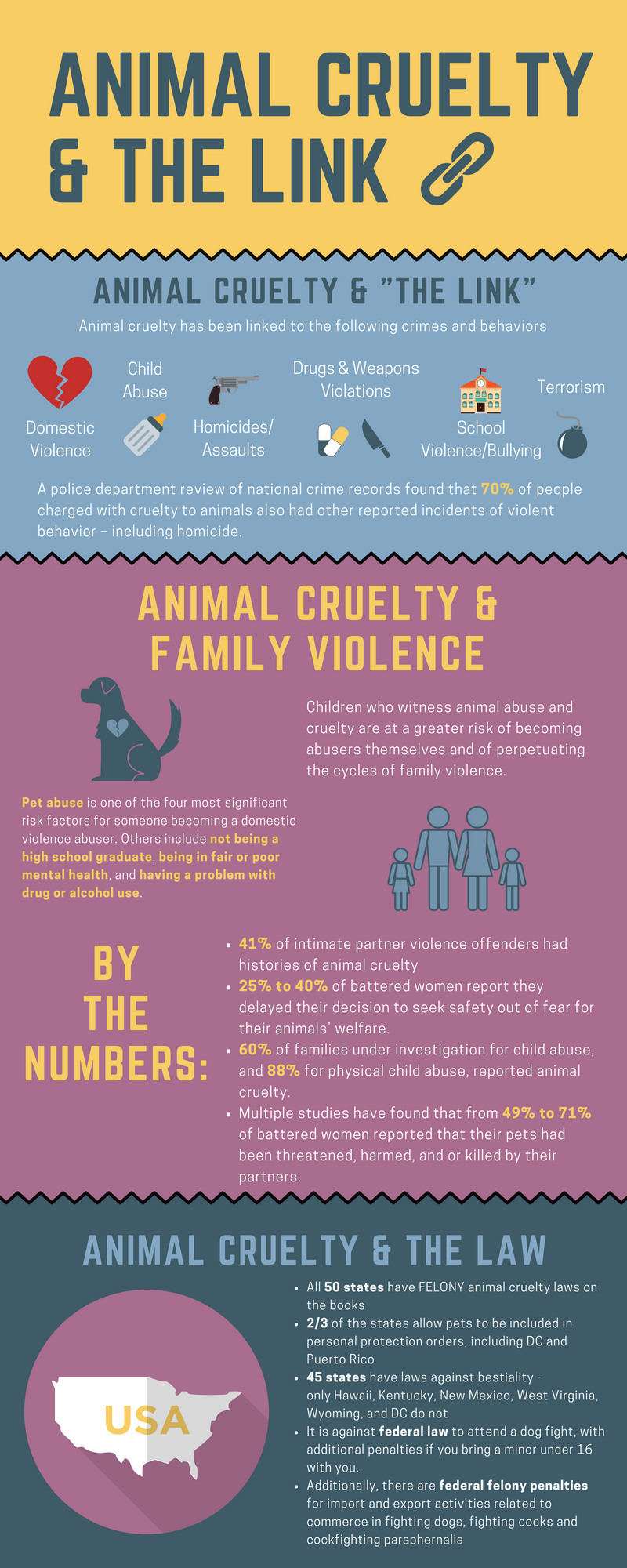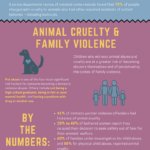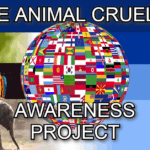Animal cruelty is a pervasive issue that plagues societies across the globe. It manifests in various forms, from neglect to willful abuse. As awareness of these injustices has expanded, legal frameworks have been established to combat animal cruelty. This article endeavors to break down the legal repercussions faced by perpetrators of such acts, detailing the types of charges and penalties that may be levied against them.
To commence, it’s crucial to differentiate between the various categories of animal cruelty. Legal definitions can vary by jurisdiction, but generally, they include:
- Neglect: Failure to provide adequate food, water, shelter, or medical care.
- Physical Abuse: Intentional harm inflicted on an animal, including beating, burning, or torture.
- Exploitation: Using animals for profit in a manner that is deemed inhumane, such as puppy mills or illicit dog fighting rings.
Each of these categories elicits different legal responses, highlighting the multifaceted nature of animal cruelty laws.
Most countries and regions have codified statutes prohibiting animal cruelty, laying the groundwork for law enforcement actions. In the United States, for example, the Animal Welfare Act (AWA) serves as the foundation for federal regulations regarding the treatment of animals. However, states maintain the autonomy to establish their laws, often resulting in a patchwork of regulations. Some states are equipped with robust anti-cruelty statutes, imposing substantial penalties, while others may offer minimal protections.
Once a case of animal cruelty is identified, law enforcement officers and humane organizations can intervene. When charges are brought against a perpetrator, the nature of the offense influences how the case is prosecuted. Depending on the severity of the act, individuals may be charged with misdemeanors or felonies.
Misdemeanor Charges: These are typically the result of less severe incidents of neglect or abuse. Misdemeanor charges can carry penalties that include fines, community service, mandatory counseling, and, in some cases, a brief stint in jail. Often, first-time offenders may face less stringent penalties, focusing on rehabilitation over punishment. However, repeated offenses may escalate the severity of penalties.
Felony Charges: On the other end of the spectrum lie felony charges, which are reserved for egregious acts of cruelty or if the perpetrator has a history of violations. Felony animal cruelty is a serious offense, often resulting in substantial fines and imprisonment. Jurisdictions vary widely in the categorization of penalties; in some states, aggravated cases can result in prison sentences exceeding five years. The consequences are not solely legal; a felony conviction can also lead to a lifetime ban on owning animals.
In addition to direct legal repercussions, perpetrators may face civil liabilities. Animal rights organizations and concerned citizens can file civil suits against those found guilty of cruelty, seeking damages for the suffering endured by the animals. These civil suits can result in financial compensation to organizations that rescue and rehabilitate the victims of such cruelty.
Moreover, societal attitudes toward animal cruelty have shifted dramatically in recent decades. Increased advocacy has put pressure on lawmakers to tighten regulations and enhance penalties for animal abuse. Public outcry often accompanies high-profile cases, further influencing the legal landscape. The rise of social media has amplified these voices, allowing individuals and groups to call for justice in real-time.
In some jurisdictions, restorative justice approaches are being considered as alternatives to traditional legal penalties for animal cruelty. These programs aim to hold perpetrators accountable while emphasizing healing and education. Offenders may engage in community service or participate in educational seminars focused on animal welfare. Such initiatives seek to instill empathy and understanding, potentially reducing the likelihood of future offenses.
Despite these advancements in legal frameworks, challenges remain. In many areas, cultural attitudes toward animals can inhibit the enforcement of cruelty laws. In cultures where animals are viewed predominantly as commodities, cases of abuse may be overlooked or downplayed. Additionally, adequate resources for enforcement can be lacking. Animal control agencies are often underfunded and overworked, leading to gaps in oversight.
Furthermore, challenges in defining animal cruelty can complicate prosecution. Legal definitions vary widely, and what constitutes cruelty in one state may not meet the threshold in another. This ambiguity can culminate in difficulties for law enforcement when gathering evidence and building a coherent case.
As we dissect the penalties associated with animal cruelty, it is imperative to recognize the broader implications of these laws. In an ethical landscape that increasingly values animal welfare, the legal consequences of cruelty serve not only to penalize offenders but also to affirm society’s commitment to protecting vulnerable beings. Stricter penalties and more rigorous enforcement can deter potential abusers, creating a safer environment for animals.
In conclusion, while legal frameworks exist to combat animal cruelty, their effectiveness is contingent on various factors, including societal attitudes, resources for enforcement, and the definitions of cruelty itself. As advocates continue to raise their voices, it is crucial to persist in pressing for reforms that strengthen protections for animals and impose meaningful consequences on those who would harm them. A compassionate society is mirrored by its treatment of animals, and as we work toward greater awareness and stringent laws, we embark on a crucial journey toward justice for all living beings.







